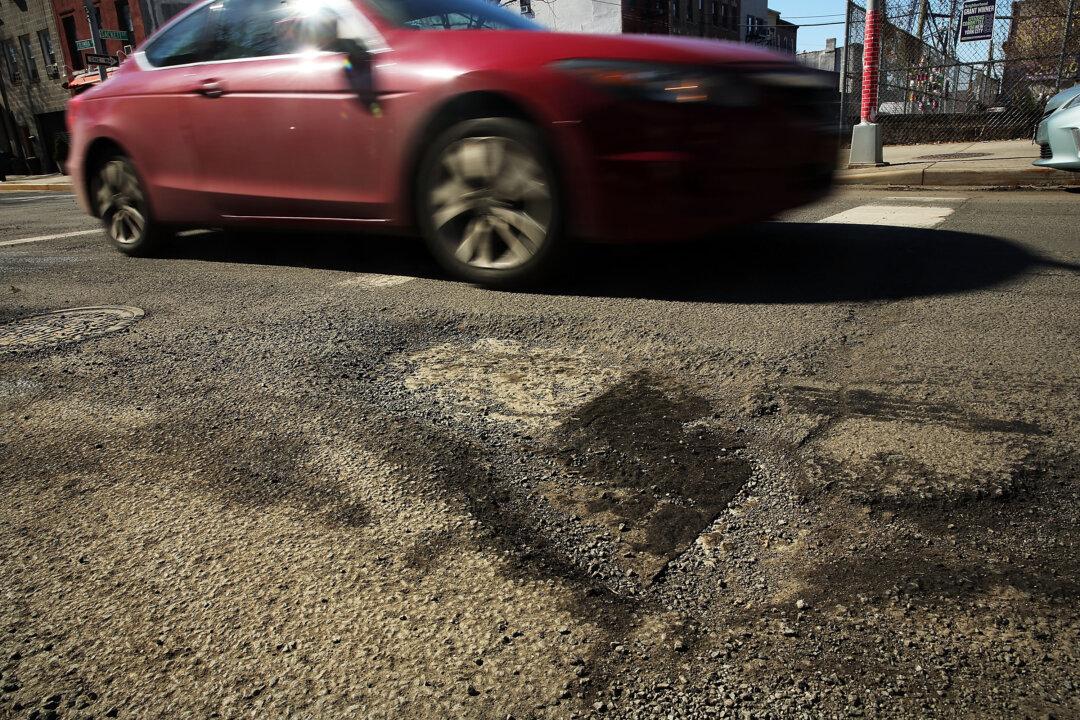If John Lennon saw 4,000 potholes in Blackburn, Lancashire, he might have devoted an entire album to the state of Australia’s roads after months of rain and floods.
An estimated half of the nation’s A$16 billion (US$10.73 billion) public roads budget is spent on maintenance and repairs, according to Infrastructure Partnerships Australia.





